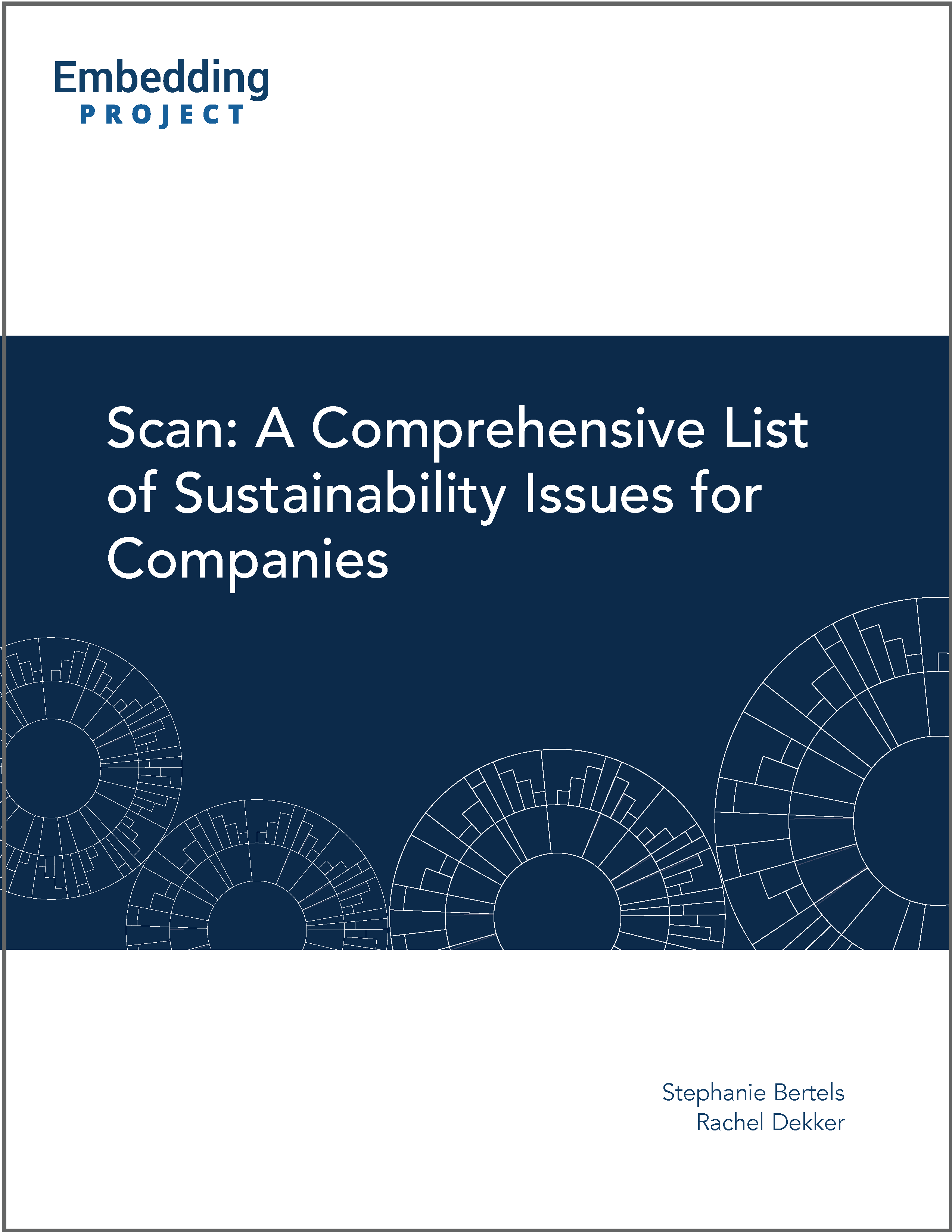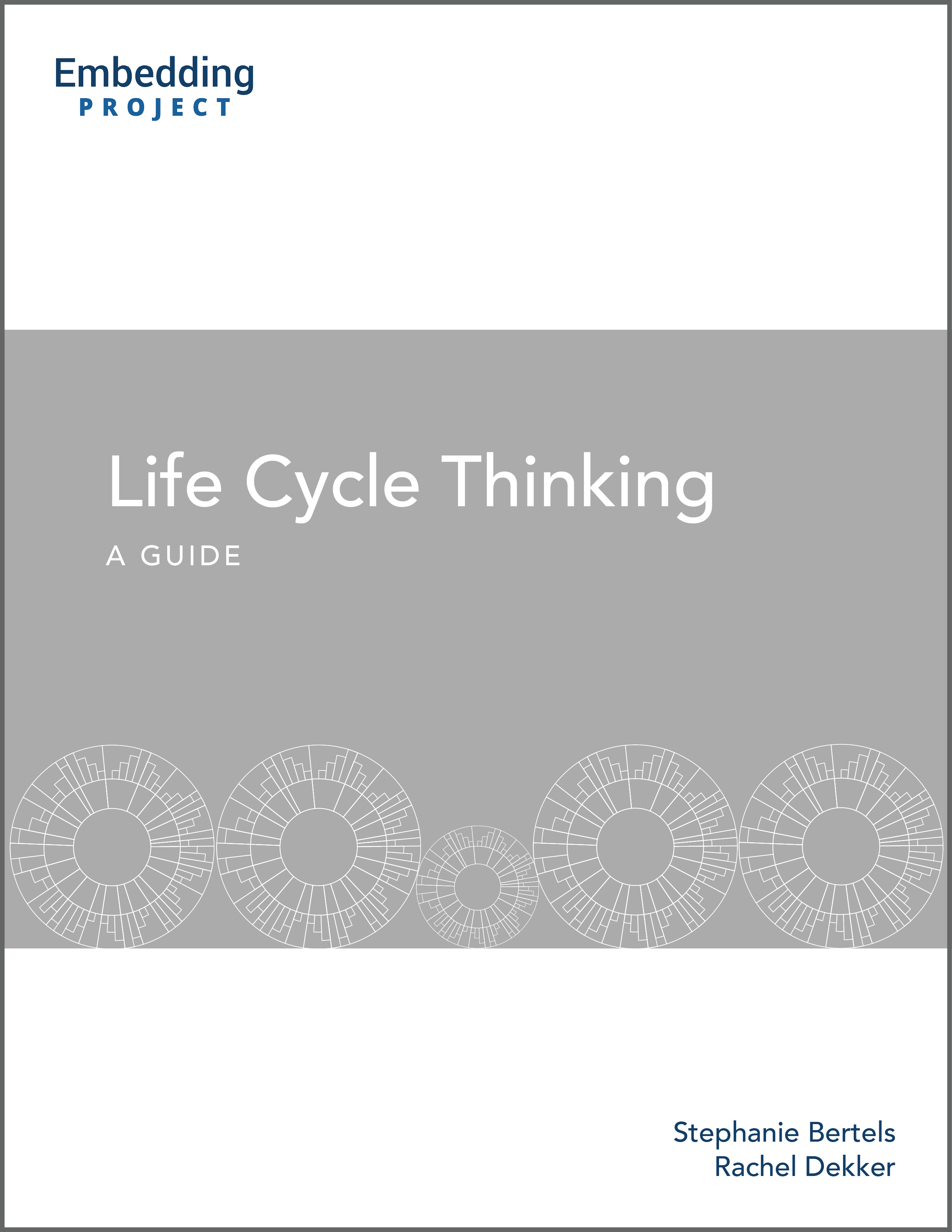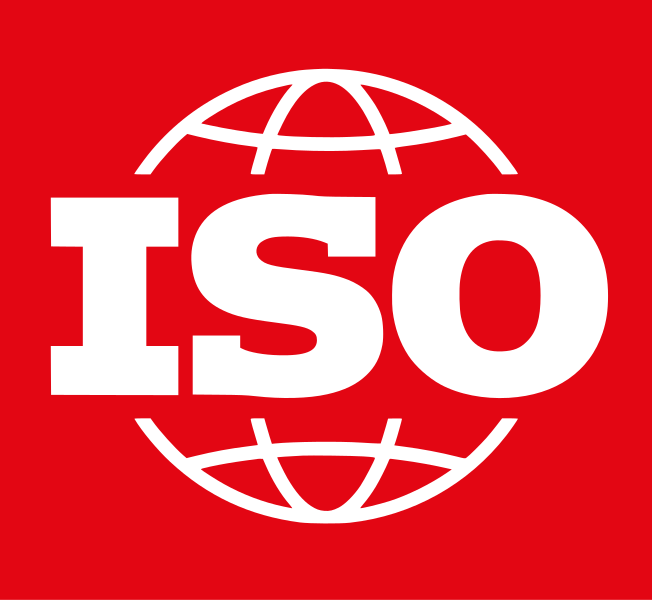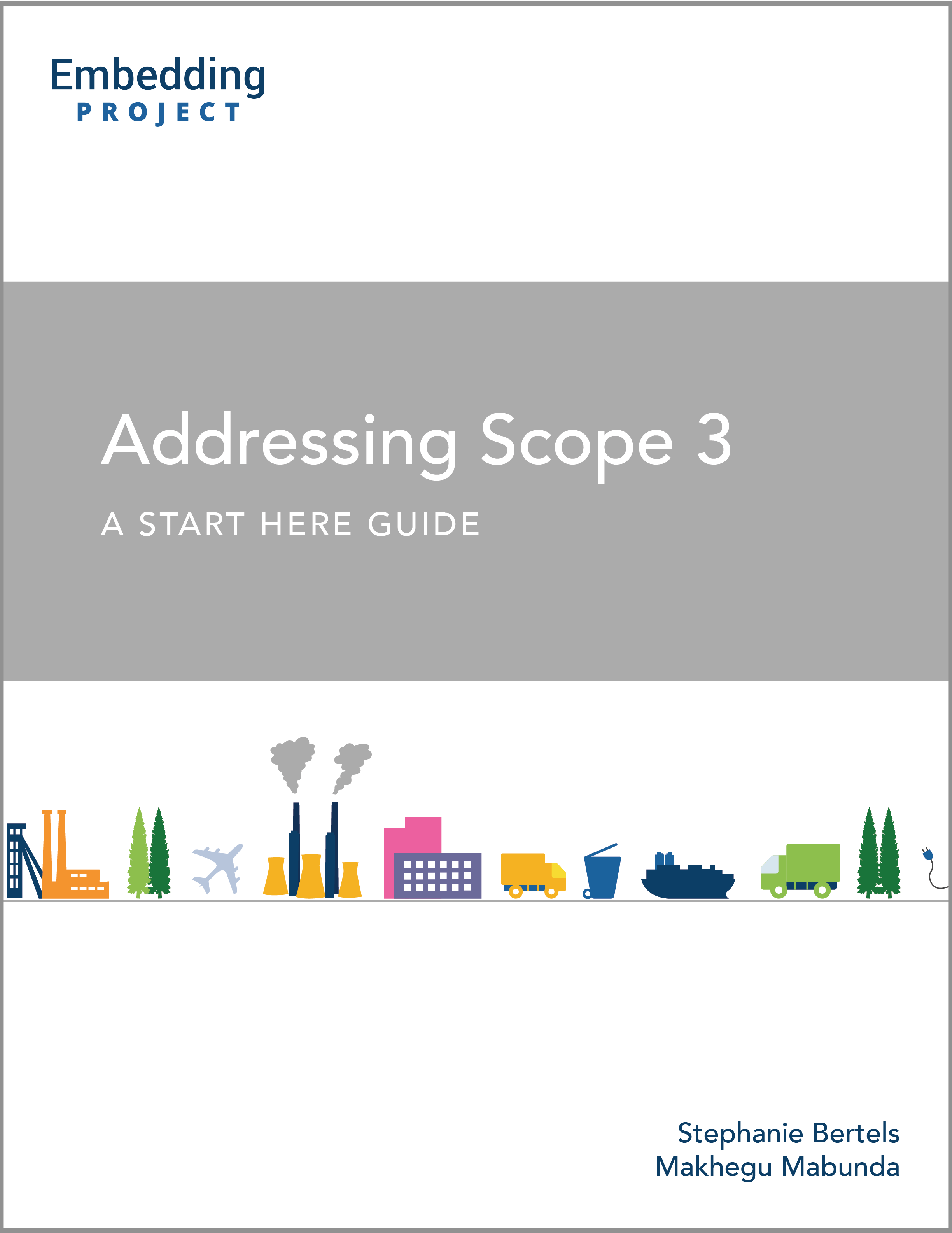Conduct a conceptual life cycle mapping of materials
To understand sustainability impacts across the life cycle of your materials, products, or services, start with conceptual life cycle mapping. Begin by identifying your key inputs, especially those that are commonly procured or costly, and assess their potential negative impacts. Impact-related data can be sourced from subject matter experts, public sources, suppliers,1 and other external stakeholders such as regulators and policymakers, NGOs, and industry bodies or trade associations. Where possible, quantify and categorise these impacts to allow for easier comparisons and prioritisation.
To create your map, define each stage of your value chain (raw materials, processing, assembly, etc.), trace the flow of your key inputs through the chain, and connect the impact data you have collected to these inputs. This provides a holistic view of the value chain inputs, allowing you to analyse impact hotspots.
EXAMPLE: Apple develops Material Impact Profiles
Apple constructed Material Impact Profiles by cataloguing 45 common raw materials used in its products and evaluating their social, environmental, and supply impacts based on 16 indicators (see Appendix B). The materials were then assigned weighted scores, allowing Apple to focus on the ones with the highest impact and most significant consumption.2
EXAMPLE: Automotive Coalition Materials Heat Map
DRIVE Sustainability, an automotive coalition, developed an industry-level materials heat map. This tool assists companies in assessing their sustainability impacts across 37 widely used materials. Each material has a profile that includes key impacts across sourcing regions. The map also encourages sustainability discussions and aids in setting shared industry priorities.3
EXAMPLE: Walmart uses the THESIS Index to identify hotspots
Walmart uses the THESIS Index to scrutinise the sustainability performance of its products. The tool enables Walmart and its 1,800 suppliers to identify social and environmental hotspots and continuously improve across 125 product categories. It also shows suppliers how they compare to others, encouraging them to improve performance.4









